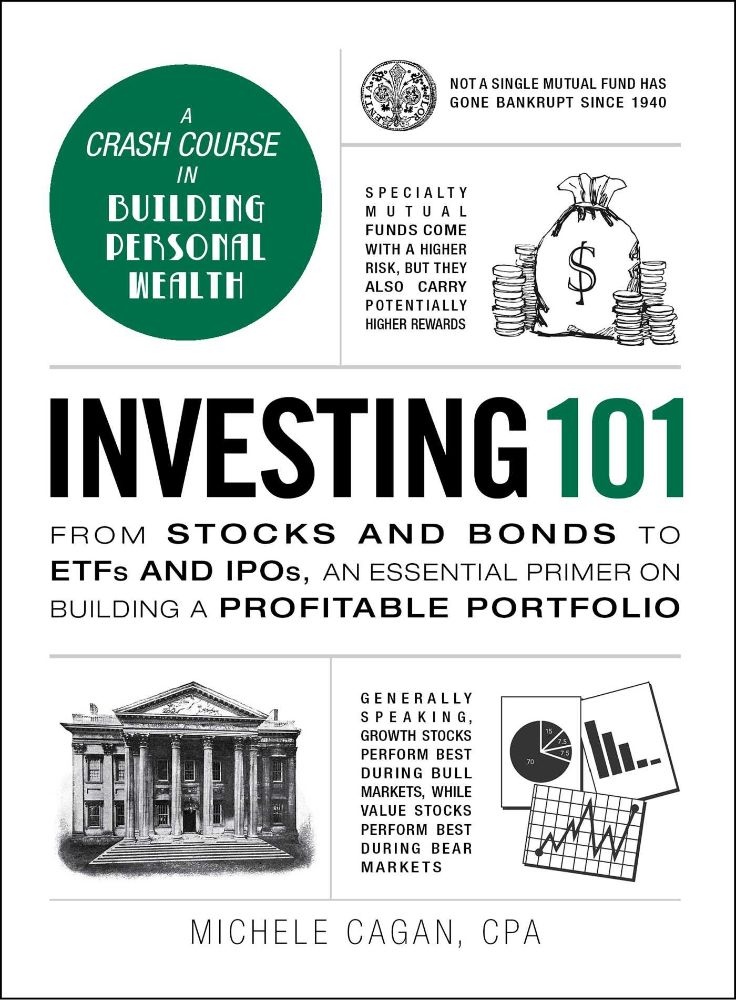Book Summary: Investing 101 - From Stocks And Bonds To ETFs And IPOs, An Essential Primer On Building A Profitable Portfolio

Title: Investing 101: From stocks and bonds to ETFs and IPOs, An essential primer on building a profitable portfolio
Author: Michele Cagan
Read date: 20-September-2020
Rating: 9
Readability: 8
Published: December 4, 2015
Pages: 256
Tags: investment, finance
Short summary:
This book is a primer to the world of investments. It introduces you to the concepts you would need to thrive in the financial world and the assets to add to your portfolio to make it strong in both the bull and the bear financial markets. You will also learn about different investment vehicles and how to access your risk.
Motivations to read:
You want to become an investor and see how you can best put your money to work for you. You also want to be aware of the different investment vehicles out there.
3 reasons to read:
- You want your money to work for you.
- You want to know your investment style and build a profitable portfolio.
- You want to be knowledgeable about the different means of investments out there and which one best fits your investment style.
Notable quotes:
Investing is about getting your money to make more money.
Beware of stocks whose price seems to be growing faster than would make sense. Sometimes momentum traders will help run growth-stock prices to sky-scraping levels, then sell them off, causing the stock to plummet.
When investors are high on growth stocks, value stocks tend to be ignored, making them even better bargains for savvy investors.
The simplest rule of thumb to remember when dealing in the bond market is that bond prices will react the opposite way to interest rates. Lower interest rates mean higher bond prices, and higher interest rates mean lower bond prices.
An equity fund will more likely beat the inflation rate.
Investors looking for reliable current income, the best choice may be bonds that have fixed interest rates until maturity and that pay interest semiannually.
If the economy slides into a bear market, the percentage of bonds will rise; In a bull market, the percentage of stocks will be higher.